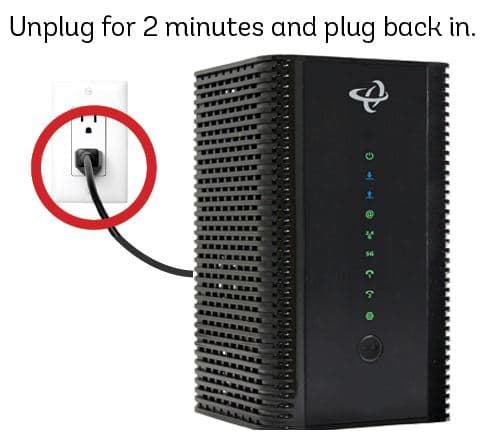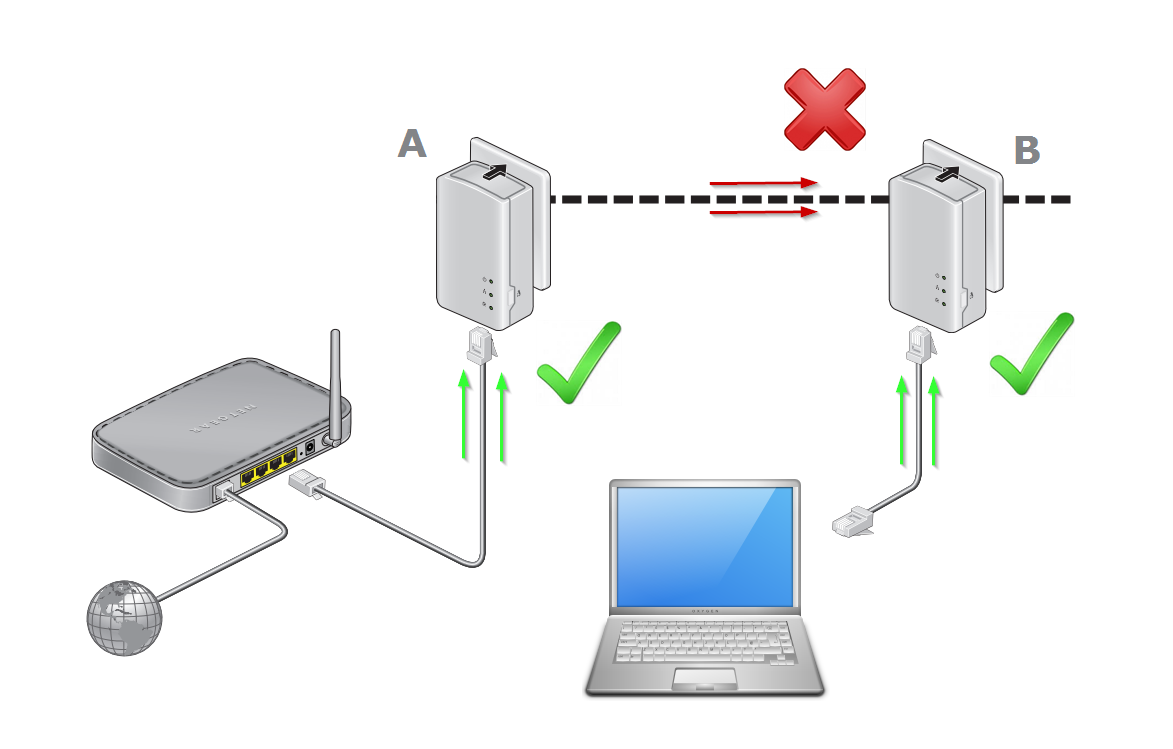Fiber optic cables form the backbone of our digital world, delivering lightning-fast internet and communication capabilities across the globe. As we enter 2024, the importance of these crucial infrastructure components continues to grow. But have you ever wondered how these delicate strands of glass are protected from the elements and human activity? The depth at which fiber optic cables are buried plays a vital role in their longevity and performance. In this comprehensive guide, we’ll explore the factors that determine burial depth, standard practices, and the challenges faced during installation, with a focus on the latest developments and best practices for 2024.
Understanding Fiber Optic Cable Burial Depths
The depth at which fiber optic cables are buried varies depending on several factors, including location, terrain, and local regulations. Generally, fiber optic cables are buried at depths ranging from 12 to 48 inches (30 to 120 centimeters). However, the specific depth can differ significantly between urban and rural areas, and new technologies are pushing the boundaries of traditional installation methods.
Urban Areas: Balancing Protection and Accessibility
In urban environments, fiber optic cables are typically buried at depths of 12 to 24 inches (30 to 60 centimeters). This range strikes a balance between protecting the cables from surface-level disturbances and maintaining accessibility for maintenance and repairs. Urban areas often have complex underground infrastructures, including water pipes, gas lines, and electrical conduits, which can limit the available space for deep burial.
Example: In a recent 2023 fiber deployment project in New York City, engineers faced the challenge of installing new fiber lines in Manhattan’s crowded underground. They opted for a shallow burial depth of 18 inches, using advanced micro-trenching techniques to minimize disruption to existing infrastructure and pedestrian areas.
Rural Areas: Deeper for Added Protection
In rural settings, fiber optic cables are generally buried deeper, typically between 24 to 36 inches (60 to 90 centimeters). The increased depth provides additional protection against agricultural activities, such as plowing, which could potentially damage shallower cables. The extra depth also helps safeguard against erosion and other natural processes that might expose the cables over time.
Statistic: According to a 2023 survey by the Fiber Broadband Association, rural fiber deployments have increased by 27% since 2020, with an average burial depth of 30 inches reported across new installations.
Factors Influencing Burial Depth
Several key factors determine the optimal burial depth for fiber optic cables:
- Soil Composition: The type of soil affects how well it can protect the cable. Sandy or loose soil may require deeper burial to ensure stability.
- Climate Conditions: Areas prone to freezing may require deeper burial to prevent frost heave from damaging the cables. With climate change impacts becoming more pronounced, this factor is increasingly important in 2024.
- Local Regulations: Many jurisdictions have specific requirements for utility cable burial depths, which must be adhered to during installation. These regulations are continually updated to reflect new technologies and environmental concerns.
- Surface Activities: The expected level of surface activity, such as vehicular traffic or construction, influences the necessary depth for adequate protection.
- Other Utilities: The presence of existing underground infrastructure can limit the available depth for new fiber optic cable installations.
- Future Development Plans: As of 2024, many municipalities are requiring fiber installations to consider future urban development, potentially necessitating deeper burial in areas slated for expansion.
Special Considerations for Undersea Fiber Optic Cables
While terrestrial fiber optic cables are buried relatively close to the surface, undersea cables present unique challenges and requirements. These cables can be buried at depths of up to 8,000 meters (26,000 feet) below sea level, rivaling the height of Mount Everest. The extreme depths provide natural protection against fishing trawlers, ship anchors, and other potential hazards.
Recent Development: In 2023, a new undersea cable project, “Pacific Connect,” demonstrated the use of AI-guided robotic trenching systems to optimize burial depth based on seafloor conditions, resulting in a 15% improvement in cable protection and a 20% reduction in installation time.
Installation Techniques and Best Practices
Proper installation is crucial for ensuring the longevity and performance of buried fiber optic cables. Here are some best practices, updated for 2024:
Advanced Trenching and Conduit Installation
In most cases, fiber optic cables are installed within protective conduits before being buried. The process typically involves:
- Site Survey: A thorough assessment of the terrain and existing underground infrastructure, now often aided by LiDAR and ground-penetrating radar technologies.
- Trench Excavation: Digging a trench to the appropriate depth using specialized equipment, with new eco-friendly excavation methods gaining popularity.
- Conduit Placement: Installing protective conduits within the trench, with an increasing use of recycled and biodegradable materials.
- Cable Installation: Carefully feeding the fiber optic cable through the conduit, now often assisted by AI-powered cable-pulling systems for optimal tension control.
- Backfilling: Refilling the trench with appropriate materials to protect the cable, including new thermal-regulating compounds to mitigate temperature fluctuations.
Directional Boring and Micro-trenching
In areas where traditional trenching is impractical or disruptive, advanced directional boring and micro-trenching techniques are employed. These methods allow for the installation of cables beneath obstacles such as roads, rivers, or buildings with minimal surface disturbance.
Case Study: In a 2023 project in Austin, Texas, a combination of directional boring and micro-trenching techniques allowed for the installation of over 200 miles of fiber optic cable in just six months, with an average burial depth of 16 inches in urban areas and minimal disruption to city life.
Challenges in Fiber Optic Cable Burial
Installing fiber optic cables at the correct depth comes with several challenges, which have evolved as we enter 2024:
- Cost Considerations: While deeper burial generally incurs higher installation costs, new technologies are helping to offset these expenses. For example, AI-optimized route planning has reduced installation costs by up to 18% in some recent projects.
- Existing Infrastructure: Urban areas, in particular, present challenges in navigating around existing underground utilities. However, the adoption of 3D underground mapping technologies is significantly improving planning and reducing conflicts.
- Terrain Variations: Rocky or uneven terrain can make it difficult to maintain consistent burial depths. New flexible conduit materials and adaptive trenching equipment are addressing this challenge.
- Environmental Concerns: Installation methods must consider potential impacts on local ecosystems and comply with increasingly stringent environmental regulations. The use of eco-friendly materials and minimally invasive techniques is becoming standard practice.
- Maintenance Access: While deeper burial provides better protection, it can make future maintenance and repairs more challenging. The development of “smart conduits” with built-in sensors for monitoring cable health is an emerging solution to this problem.
- Cybersecurity: As of 2024, there’s an increasing focus on the physical security of fiber optic cables to prevent tapping and data interception. This has led to the development of new tamper-evident burial techniques and real-time monitoring systems.
The Future of Fiber Optic Cable Installation
As we look ahead in 2024, several emerging technologies and trends are shaping the future of fiber optic cable installation:
- Micro-trenching Advancements: Next-generation micro-trenching techniques are allowing for even narrower and shallower trenches, reducing costs and surface disruption while maintaining cable protection.
- Aerial-Underground Hybrid Deployments: Some regions are adopting hybrid approaches, combining aerial installation on utility poles with strategic underground segments to optimize coverage and protection.
- Robotic and Autonomous Installation: AI-driven robotic systems are being developed to improve the efficiency and precision of cable burial, with early trials showing promising results in both urban and rural environments.
- Quantum-Secured Fiber Networks: As quantum computing threats loom, new fiber optic cables with integrated quantum key distribution capabilities are being tested for ultra-secure communications.
- Self-Healing Cables: Research is underway on “self-healing” fiber optic cables that can automatically repair minor damage, potentially reducing the need for deep burial in some areas.
Conclusion: Balancing Protection, Innovation, and Sustainability
As we navigate the complexities of fiber optic infrastructure in 2024, the depth at which these cables are buried remains a critical factor in ensuring the reliability and longevity of our digital networks. While standard depths still range from 12 to 48 inches, the specific requirements continue to evolve based on location, environment, and emerging technologies.
The fiber optic industry is at a crossroads of innovation and sustainability. As our reliance on high-speed internet continues to grow, so does the importance of efficient, secure, and environmentally responsible installation practices. By leveraging cutting-edge technologies and adaptive installation techniques, we’re not just burying cables; we’re laying the foundation for a more connected and resilient digital future.
Whether buried beneath smart cities, traversing rural landscapes, or spanning ocean floors, fiber optic cables represent the pinnacle of modern communication engineering. As we look to the future, the challenge lies not just in how deep we bury these crucial links, but in how we balance protection, accessibility, and environmental stewardship in our ever-expanding digital world.





